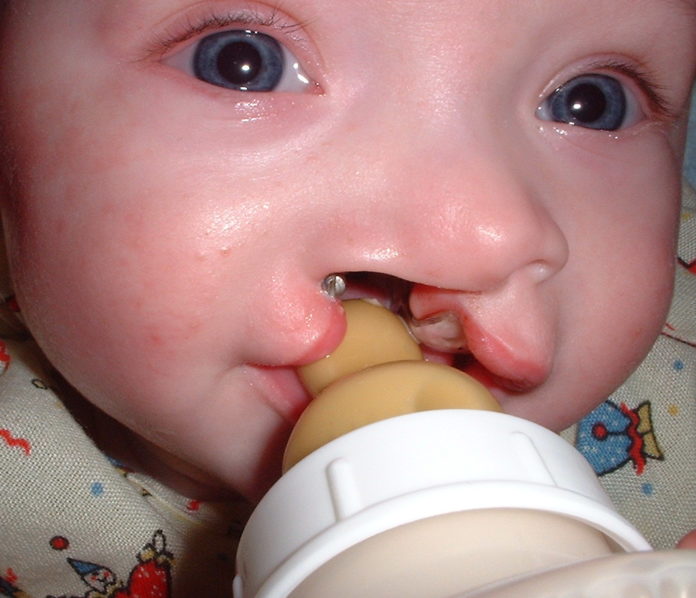
Indicleft tool for monitoring cleft lip has been developed by researchers from several Indian institutes including AIIMS and ICMR institutes
India is ready to track and treat cleft lip. Dr Balram Bhargava, secretary, department of health research will unveil the Indicleft tool later this week. The tool funded by the Indian Council of Medical Research (ICMR) aims at establishing a National Registry for patients with congenital birth defects of the face and jaws and to establish strategies that will address multitude of challenges associated with the prevention and treatment of this deformity.
Mayo Clinic defines cleft lip as: “Cleft lip and cleft palate are openings or splits in the upper lip, the roof of the mouth (palate) or both. Cleft lip and cleft palate result when facial structures that are developing in an unborn baby don’t close completely.” Apart from feeding difficulties, babies with cleft lip are more prone to hearing loss, speech difficulties and speech problems.
Apart from feeding difficulties, babies with cleft lip are more prone to hearing loss, speech difficulties and speech problems
Cleft lip is a common and often underrated condition in India. A 2018 article in the journal Annals of Maxillofacial Surgery said: ” In the present study, it was estimated that a total of 0.033% of all Indian population suffers from OFC (orofacial clefts). In 2016, the estimated prevalence rate/100,000 was 33.27 for males, 31.01 for females, and 32.18 combined for both genders. It was estimated that for all ages, the DALYs lost were 2.05 for 100,000 males, 2.66 for females and 2.34 for both sexes.”
The Indicleft Task Force project led by researchers at the All India Institute of Medical Sciences was set up some time back to design a tool to
i. Identify pattern of the congenital birth defects of face, cleft lip and palate PAN India.
ii. Establish NATION WIDE data of spectrum of problems of cleft patients, protocols of treatment given to these children and their actual treatment needs.
iii. Ascertain risk factors associated with congenital birth defects of face: nutritional, environmental and genetic













